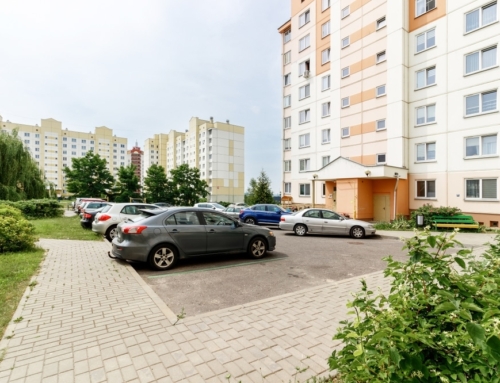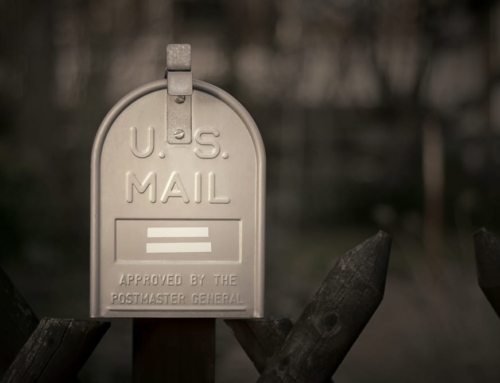Refinancing a rental property or an upside down mortgage? Options for refinancing an underwater mortgage.
Q: We received an invitation from a loan company to refinance a rental home we own. Our current lender is in partnership with this company. The interest rate on our current loan is 6.25 percent with about 22 years left and about $89,000 to repay.
We think the value of the home is about $65,000, so we’re underwater with the mortgage. We pay about $825 per month and that includes our taxes and insurance payments. The proposed new loan would lower our interest rate to 4.5 percent on a loan term of 25 years. Our new monthly loan payment would be about $710, but our new loan would be for $95,000.
The lender told us we can finance up to 125 percent of appraised value of our home, but the document they’ve sent us says that the loan-to-value ratio will be 140 percent. In doing a little research on this mortgage company, it seems that this company is not a good option for refinancing.
Does the above scenario sound like a “good” deal?
A: While lowering your interest rate is a good thing, there are other pieces that go into what we call a “home run” refinance: lowering your payments, shortening your loan term and managing your closing costs. Let’s explore how your refinance offer stacks up against these four separate pieces.
First, you are lowering your interest rate on the investment property, but only by 1.75 percent. That’s a nice number but we seem to think that the fees and costs of refinancing must somehow be part of the deal that you haven’t acknowledged.
Your new monthly payment on the larger loan would be about $530 going towards the loan and about $180 going towards your taxes and insurance.
Your old loan had you paying about $645 towards your loan and the same $180 for taxes and insurance. Your true savings on the two loans is about $115 per month. So, you’re lowering the interest rate and you’ve got some real savings each month.
Nevertheless, the key question for you to answer is what is happening to the difference between your old loan balance of $89,000 and the new and increased loan balance of $95,000.
If the $6,000 is the amount of closing costs that you will pay over time, you need to factor that money (plus the interest you’ll pay on that) into your computations. We’ve calculated that you have added three more years to your loan payments or about $19,000 more over the life of the loan.
If you were to refinance your loan for the same 22 years left on your loan at the same 4.5 percent interest rate, your monthly payment would be almost the same, but you’d save three years’ worth of payments.
Unless you need those additional funds, you might not want to take on the additional debt. But we think that may be the lender’s costs for doing the refinance. The lender seems to be adding a $6,000 fee to the loan. In our “home run” refinance scenario, that’s not really managing closing costs or the term of the loan.
Here’s another idea: Don’t refinance, but instead pay an extra $115 every month on your current loan. Continuing to pay this extra amount for the next 22 years will cost you an additional about $11,000 more than if you refinance with the terms given to you.
If the lender’s terms give you cash out of the $6,000 after paying off the costs of the refinance, then this might be a good deal for you. The real issue for you is to understand the terms this lender is giving you.
Finally, whatever you do, think about what you’re planning to do with this property in the future. If you plan to sell it within a couple of years, it may not be worthwhile to refinance. You’re underwater now, so if prices don’t go up much, you will continue to be upside down on the property and will have a tough time selling it for a price to pay off the loan. Refinancing the loan will only add more debt onto a property that is underwater.
As prices rise, you might find that you are in a better position and can sell the property. Again, if you do end up selling the property within the next years, your current loan will cost you about $6,000 more than the refinanced loan but if you have incurred $6,000 in costs to refinance the loan, you have a breakeven point five years down the line.
Some lenders have started to help homeowners refinance their rental properties under the Home Affordable Refinance Program (HARP). So, if your rental property is underwater, it may be that your lender is participating in this program and is following those guidelines. In that case, you would pay more for your refinance and have a slightly higher interest rate.
Why don’t you check out other lenders in your area to see if you can compare loan products and terms? If you can’t find a better deal and you’ve spent some time understanding where the costs and expenses are on this deal, you might decide to go for it.
We’re concerned that you sense this lender, and the deal you’re being offered, may not be right for you. We think going with your gut is the right move. Look for other lenders who might be willing to help.
As with any financial transaction, you need to consider not only what it is costing you to refinance today, but also how long it will take you to pay back the fees and expenses that you incur in refinancing and how long you anticipate owning the property. Once you consider all of these issues, you can make a better decision on how to proceed with this lender and your property.
[amazon_link asins=’1524763438,B0057JZ8QA,B001DWI07Y’ template=’ProductCarousel’ store=’thinkglink-20′ marketplace=’US’ link_id=’ae999eaf-2d40-11e8-8c34-b3a3fb91d04f’]







Leave A Comment